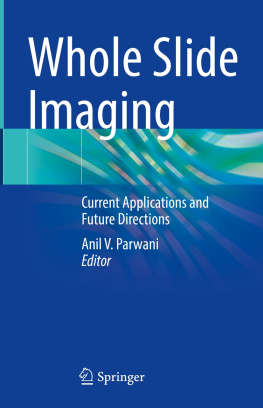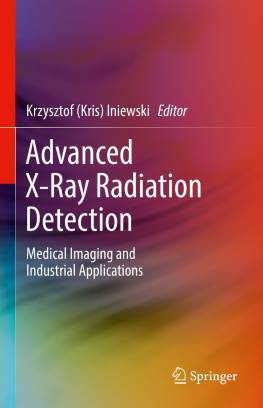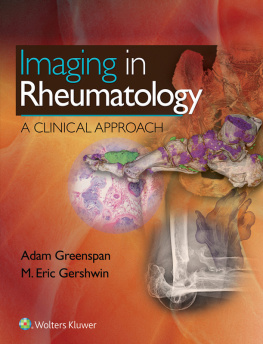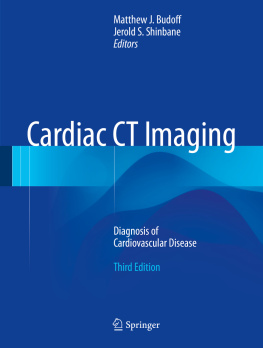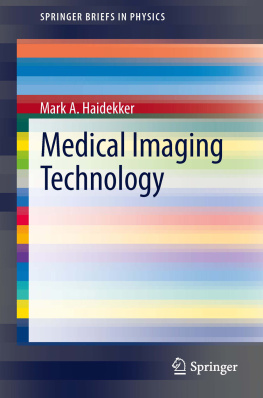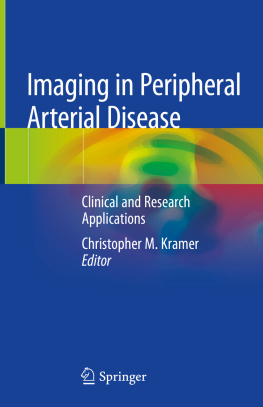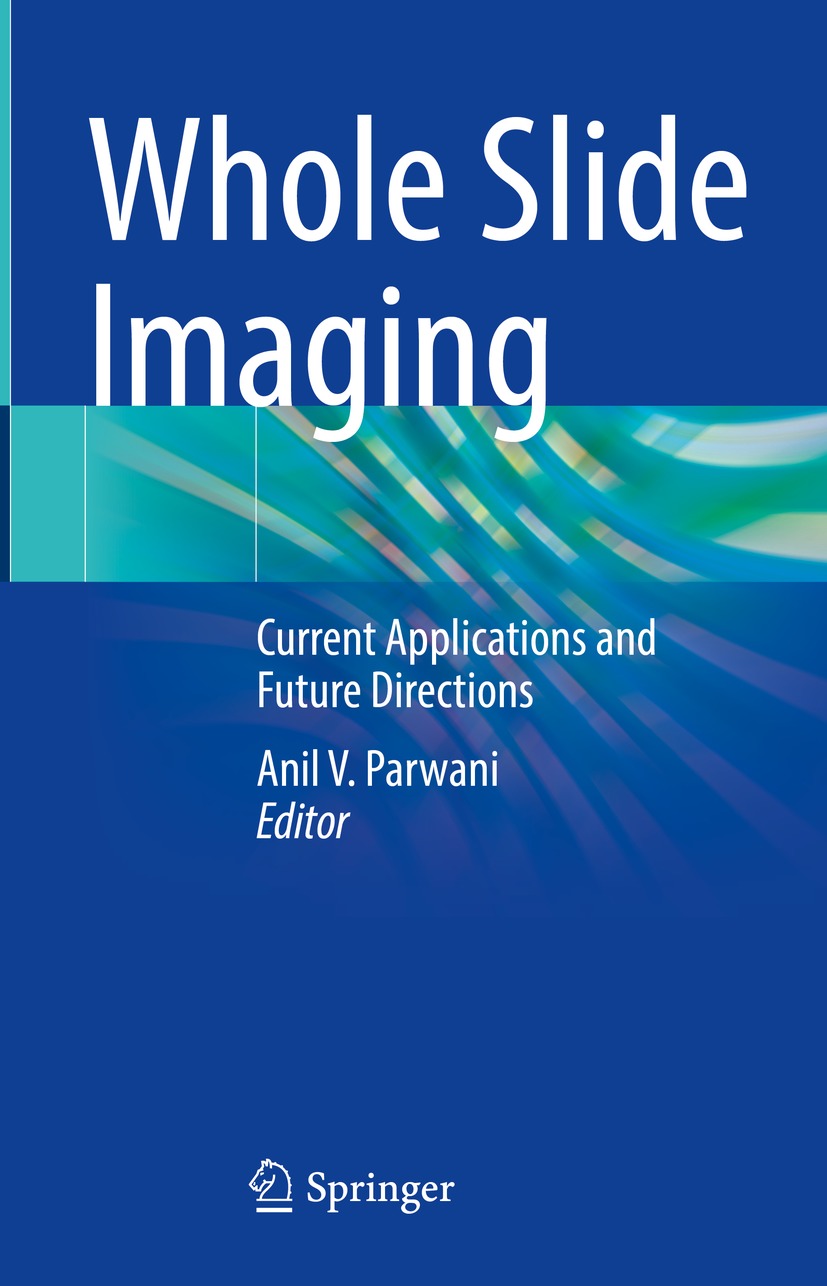Whole Slide Imaging
Current Applications and Future Directions
1st ed. 2022

Logo of the publisher
Editor
Anil V. Parwani
Department of Pathology, The Ohio State University Wexner Medical School, Columbus, OH, USA
ISBN 978-3-030-83331-2 e-ISBN 978-3-030-83332-9
https://doi.org/10.1007/978-3-030-83332-9
Springer Nature Switzerland AG 2022
This work is subject to copyright. All rights are reserved by the Publisher, whether the whole or part of the material is concerned, specifically the rights of translation, reprinting, reuse of illustrations, recitation, broadcasting, reproduction on microfilms or in any other physical way, and transmission or information storage and retrieval, electronic adaptation, computer software, or by similar or dissimilar methodology now known or hereafter developed.
The use of general descriptive names, registered names, trademarks, service marks, etc. in this publication does not imply, even in the absence of a specific statement, that such names are exempt from the relevant protective laws and regulations and therefore free for general use.
The publisher, the authors and the editors are safe to assume that the advice and information in this book are believed to be true and accurate at the date of publication. Neither the publisher nor the authors or the editors give a warranty, expressed or implied, with respect to the material contained herein or for any errors or omissions that may have been made. The publisher remains neutral with regard to jurisdictional claims in published maps and institutional affiliations.
This Springer imprint is published by the registered company Springer Nature Switzerland AG
The registered company address is: Gewerbestrasse 11, 6330 Cham, Switzerland
Foreword
The advance of technology is based on making it fit in so that you don't really even notice it, so it's part of everyday life. Bill Gates
When people talk about digital pathology today, they imply whole slide imaging (WSI). That is because WSI has become the dominant imaging modality for digitizing material in the pathology laboratory. WSI has played an integral part in pathology practice for more than two decades now, with some pathology labs already demonstrating success at going fully digital for rendering primary diagnoses using WSI instead of glass slides. Current digital pathology systems arose from computer science research projects in the 1990s. Since then, we have witnessed the commercial introduction of sophisticated WSI systems that have productively incorporated advanced optics, digital cameras, robotics, image management, software, cloud computing, and computer vision technology.
This book effectively encapsulates the entire story about WSI from the past, what the status is at present, and delves into the future. Joel Saltz, one of the pioneers in the early development of the first ever WSI scanner, provides a historical account of the field. WSI technology, however, is complex and accordingly can be intimidating for end users to understand. Therefore, readers should welcome the useful chapters by Mohanty and Parwani as well as McClintock that offer a detailed explanation of the hardware, software, and the prerequisite IT infrastructure needed to operate these systems. For WSI to be effective, this technology also needs to be integrated in the pathology lab, which Hartman eloquently lays out in his chapter on workflow.
There are numerous applications for WSI that range from clinical to non-clinical use cases. These are covered in the chapter by Parwani and Mohanty, and also addressed in much more informative detail by global experts in the field such as Singh et al on education, Treanor and Williams on primary diagnosis, McClintock and Cornish on telepathology, Lujan et al on teleconsultation, as well as Raess and Sirintrapun on quality assurance. WSI in cytopathology has been less pervasive due to technical challenges related to focusing and screening workflow. Li and Pantanowitz suitably address these obstacles in their chapter on WSI and cytopathology. The chapters written by Dangott deal with WSI for research and image analysis, two areas where this technology has perhaps had the largest footprint and continues to drive the fields of computational pathology and biomedical informatics forward. We are also on the brink of AI adoption into mainstream pathology clinical practice. This is possible due to advances in computational technology and deep learning. The final chapter in this book by Machiraju and Parwani nicely demonstrates the synergism possible when WSI is coupled with AI.
There is no longer doubt about whether WSI is here to stay or will fade away as another novel fad in the history of pathology. WSI has ushered in a new platform that by allowing us to digitize not just an entire glass slide, but also an entire anatomical pathology labs routine workload, has transformed the field of pathology. WSI has thereby finally untethered pathologists from their microscopes and delivered pathology care to patients who otherwise would never have benefited from access to expert diagnoses. WSI has also liberated pathology laboratories to leverage WSI in favor of more cost-efficient processes and allowed them to expand their services. Finally, WSI has additionally allowed the field of pathology to remain in the drivers seat for precision medicine and AI. I am certain that you will derive great benefit from this comprehensive book on WSI and likely find yourself returning to it time after time to refer to many of these valuable chapters.
Liron Pantanowitz
Preface
In recent years, advances in imaging modalities and the ability to analyze these images using digital pathology and artificial intelligence software have created many new opportunities to advance patient care. The conversion of glass slides into a digital format and the electronic communication of digitized images is digital pathology. Digital pathology provides the users with the ability to transfer a microscopic image, between one pathologist and another physician (pathologist or other clinician). Digital pathology has been around for decades and continues to have many applications today in the national as well as global pathology community to be used for primary diagnosis, intraoperative consultation, second opinion consultations, research, quality reviews, tumor boards, and education.
One of the mediums used in digital pathology is whole slide imaging (WSI). WSI technology has several advantages over conventional microscopy; portability (images are often accessible anywhere and at any time), ease of sharing and retrieval of archival images, and the ability to make use of computer-aided diagnostic tools (image analysis algorithms). The automated instrument used for WSI is a scanner equipped with a robotic microscope capable of digitalizing an entire glass slide, using software to merge or stitch individually captured images into a composite digital image. The critical components of an automated WSI system include bar coded slides, hardware (scanner composed of an optical microscope and digital camera connected to a computer), software (responsible for image creation and management, viewing of images, and image analysis where applicable), and network connectivity. The last decade has seen significant technology advances in the evolution of WSI with the ability to rapidly digitize large numbers of slides automatically and at high resolution. Many applications have emerged and, as a result, WSI is increasingly being used in both clinical and research areas. Whole slide imaging technology has evolved to the point where digital slide scanners are currently capable of automatically producing high-quality, high-resolution digital images within a relatively short time less than one minute per slide.

